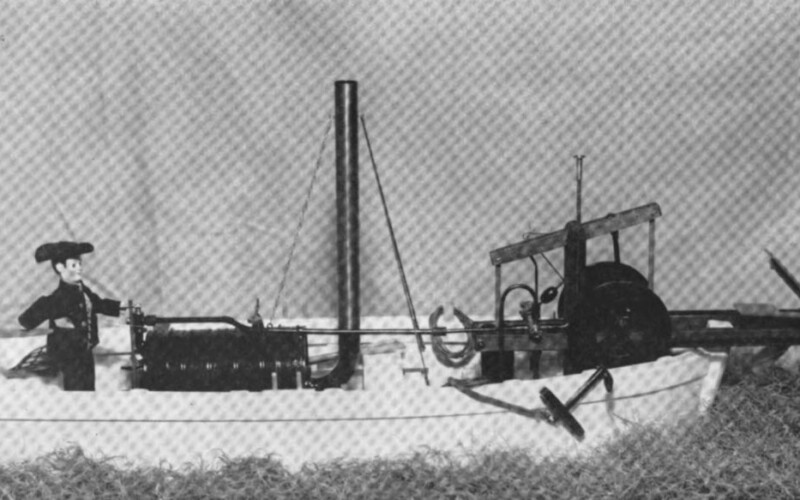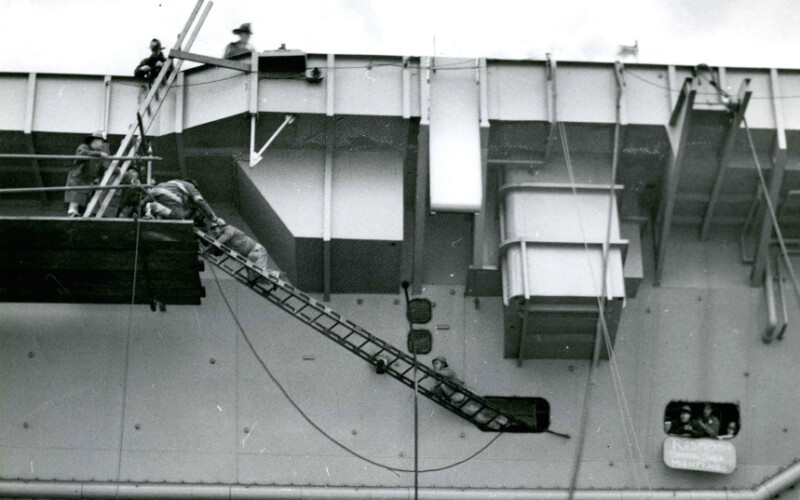We have experience hosting a range of audiences, from college classes to birthday parties to company outings, and we customize our tours to meet your group’s interests and needs.
Book a private tour today
While New Yorkers laud native son Robert Fulton as the father of the steamboat, his achievements were built upon the work of many other innovators, among them Samuel Morey. Born …
Read more

Today marks the 57th anniversary of perhaps the darkest day in the history of the Brooklyn Navy Yard. To commemorate the fire on board the USS Constellation, we are going …
Read more
